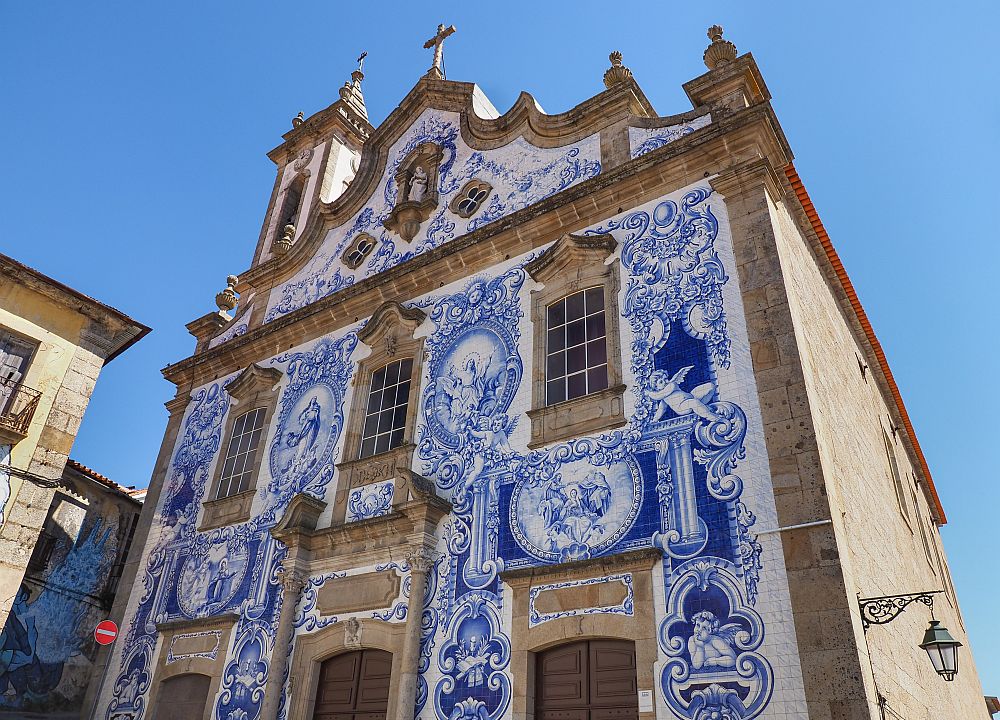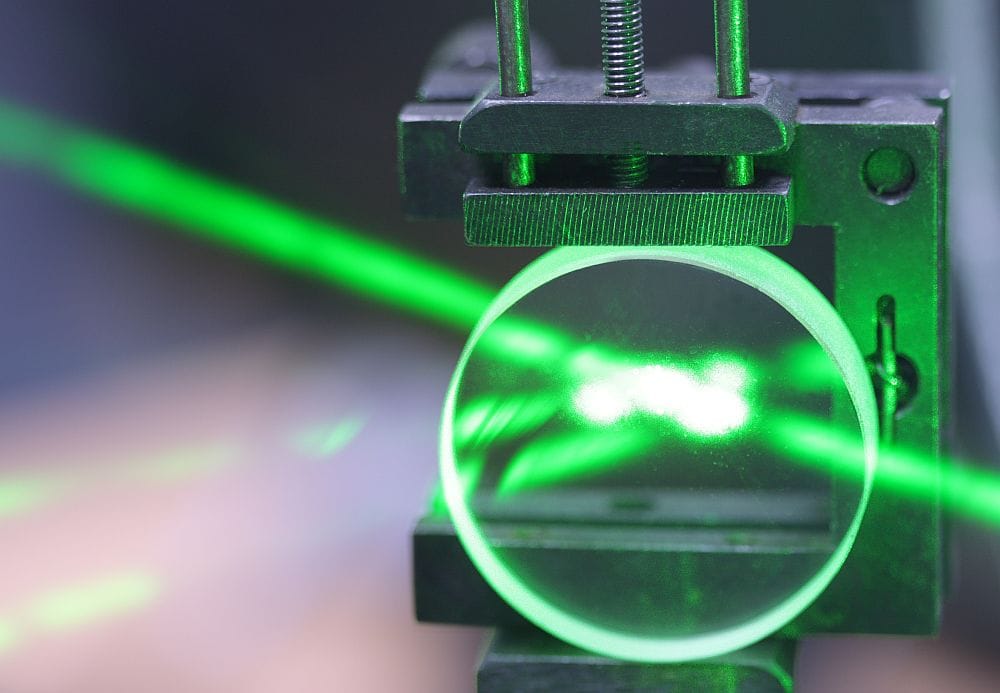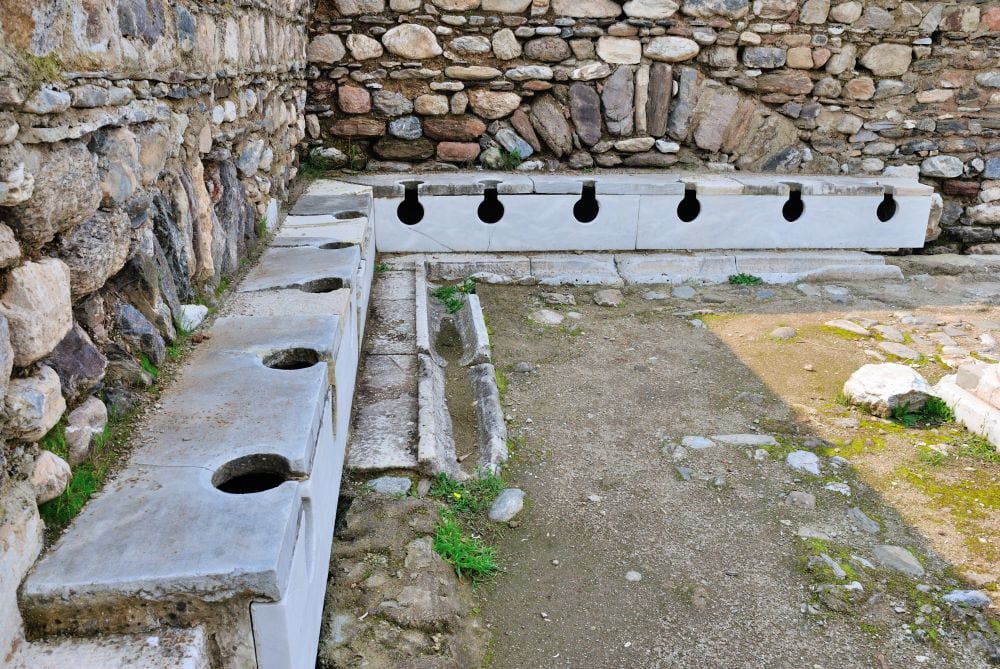
[Image above] A craftswoman from the Ukrainian city of Lviv turns clay from Donbas into unique tiles, which are used to decorate buildings across Europe. Credit: UATV English, YouTube
As the war in Ukraine nears the three-month mark, energy markets remain a focus of international discussion as governments continue imposing sanctions on Russian oil and gas. These sanctions contribute to Europe’s ongoing surge in natural gas prices, which is straining energy-intensive industries such as ceramics and glass.
These disruptions in the energy market are not the only market forces affecting the ceramics industry. The war in Ukraine is also driving a shortage in supplies of Ukrainian clay.
Though the word “clay” may conjure images of artists hunched over pottery wheels, clay is critical to diverse end applications. Besides traditional ceramic products such as tiles and refractories, clay minerals are used in products from paper, paints, and coatings to polymer composites, cosmetics, and pharmaceuticals as well.
Since the 1990s, Ukrainian clay gained a reputation around the world for its purity and good consistency. There are currently around 40 recognized refractory and ball clay deposits in Ukraine amounting to more than 600 million tonnes in resources, with most deposits concentrated in the Donbas region, near Donetsk, eastern Ukraine, according to an IMFORMED article.

Top countries by production of kaolin, an industrially important clay mineral (1970–2018). You can see Ukraine enter the top rankings at about the 2-minute mark, when Ukrainian clays started being made available in western countries during the 1990s. Data from the British Geological Survey. Credit: Popular stat, YouTube
Based on export data, almost 5 million tonnes of ball clay were exported by Ukraine in 2019, accounting for 81% of all such exports. The main export destinations were the ceramic tile-producing centers of Spain and Italy, as well as Poland and Turkey.
Because of the war, Ukrainian suppliers currently are unable to export their clay. European tile manufacturers estimate their reserves of Ukrainian clay will run out in about three months.
In a Fortune article, Dmitry Kostornichenko, sales and logistics chief of VESCO, one of the biggest clay producers globally and number-one supplier to European tile manufacturers, says the assortment of tiles available for purchase will be the clearest indicator for consumers that reserves ran out. There will be shortages of very white and large-format tiles, which depend on the clay kaolin, and remaining tiles will only be available in darker colors and of lower quality.
Modifying formulations to reduce dependence on Ukrainian ball clay is one solution that tile manufacturers are considering, “but this is extremely challenging given the special qualities of the Ukrainian material now established in plant production, quality and logistical issues with alternative sources, and a lack of planning to use domestic resources,” the IMFORMED article explains.
However, with few other options available, “I suspect this market disruption will result in a major reformulation of tile body formulation and the question remains will ‘red’ become the new ‘white’,” says Brendan Clifford, co-CEO of Portugal-based Mota Ceramic Solutions, in the IMFORMED article.
Author
Lisa McDonald
CTT Categories
- Education


